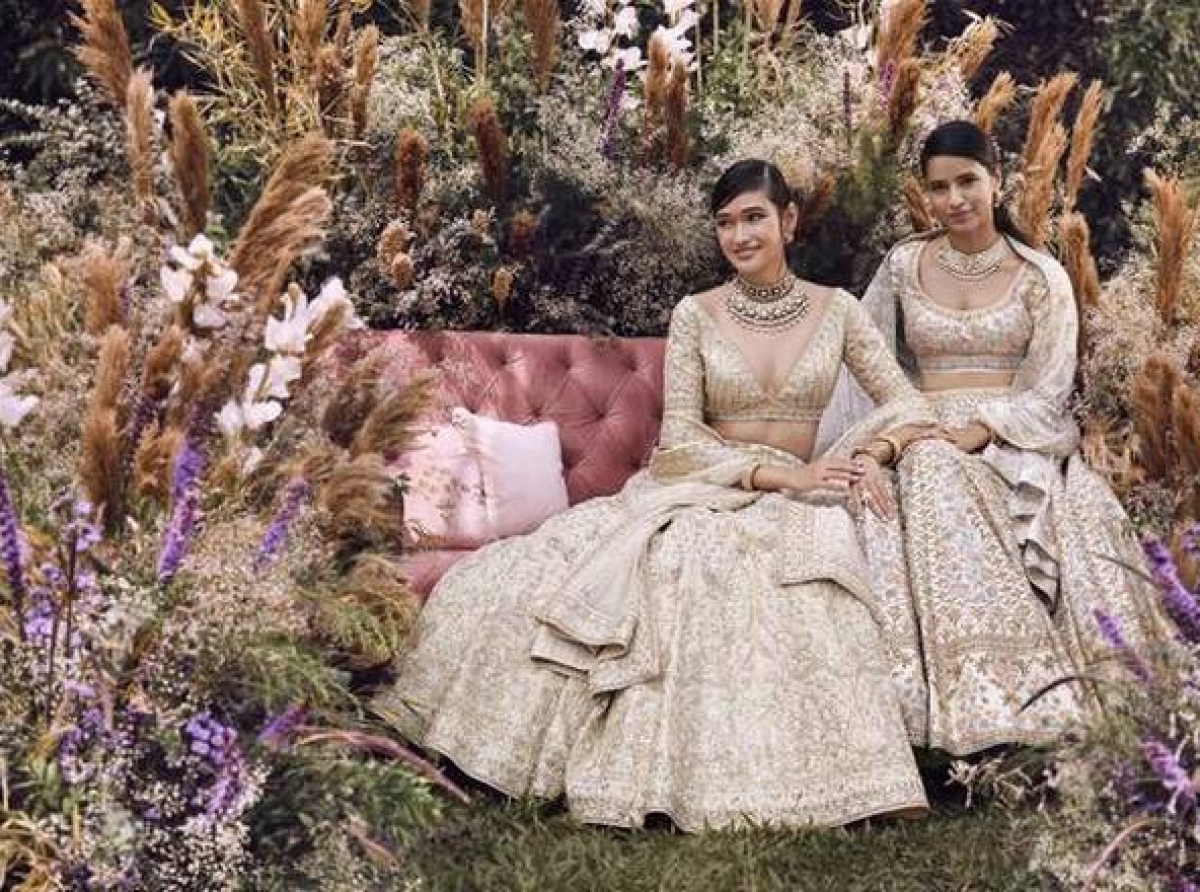In the dynamic realm of fashion, tradition and trend often collide, giving birth to unique styles that resonate with both the past and the present. The intersection of culture and fashion is a fascinating landscape where heritage meets innovation, and where the echoes of history are blended with the rhythms of contemporary life. This intricate interplay not only shapes the way people dress but also reflects the evolving identity of societies around the world.
One of the most striking aspects of the intersection of culture and fashion is the revival of traditional garments in modern contexts. Take, for example, the resurgence of the hanbok in South Korea. Once worn primarily during special occasions, this traditional Korean dress has found its way into the mainstream fashion scene. Designers have reimagined the hanbok, infusing it with modern cuts and fabrics, making it a symbol of national pride and a global fashion statement. This fusion of tradition and trend not only preserves cultural heritage but also makes it accessible to a wider audience, ensuring its relevance in the contemporary world.
Similarly, the influence of African traditional attire on global fashion is undeniable. African prints and textiles, characterized by vibrant colors and bold patterns, have become iconic in the fashion industry. Designers from Africa and beyond have embraced these fabrics, creating stunning contemporary pieces that pay homage to the continent’s rich cultural heritage. This trend not only celebrates African artistry but also challenges conventional beauty standards, promoting diversity and inclusivity in the fashion world.
The intersection of culture and fashion is not limited to clothing; it extends to accessories, hairstyles, and even makeup. Traditional jewelry-making techniques from indigenous communities worldwide have inspired modern jewelry designers. In the realm of beauty, diverse cultures have influenced makeup trends, leading to the popularization of techniques like winged eyeliner from ancient Egypt or the use of natural ingredients from traditional Chinese medicine in skincare products.
Furthermore, the rise of sustainable and ethical fashion is closely intertwined with cultural values. Many indigenous communities have practiced sustainable fashion long before it became a global movement. The emphasis on handcrafted, locally sourced materials and techniques resonates deeply with the principles of sustainable fashion. By embracing these traditional practices, the fashion industry not only reduces its environmental impact but also supports artisans and preserves cultural heritage.
In essence, the intersection of culture and fashion is a testament to the enduring power of tradition in a rapidly changing world. It showcases the ability of cultural heritage to inspire creativity and innovation, leading to a fashion landscape that is both diverse and inclusive. As we move forward, it is essential to recognize and celebrate the rich tapestry of traditions that continue to shape the way we dress, reminding us that fashion is not just about what we wear but also about who we are and where we come from.

